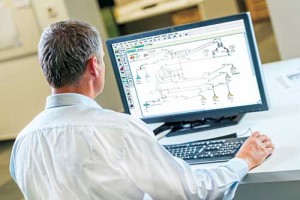Author
Scheduling production to match sales forecasts
All aggregate producers must plan production to some degree. But how thorough are their methods, and how accurate are their plans? Because different plants can make products in different combinations and at different rates, operations need to have a plan to match production to their sales volumes. The goal, of course, is to schedule production based on a sales forecast – so as to meet sales demands within scheduled hours. In order to make a profit, producers must reduce costs, waste, byproducts and unsalable inventory, while they produce the best mix of all salable products – and sell what they produce. Producers use a range of production scheduling practices. Some producers schedule production based on the best-guess approach, and then see if there are profits down the road. With this style of scheduling, inventory levels become a problem that lead to re-handling costs. There is contamination risk in handling excess inventory, and producers often experience shortfalls of certain products. The result is that the operation is ultimately driven by daily… Keep Reading
Virtual reality: Plant simulation software
Plant simulation software aids in plant management, and bridges the gap between theoretical and actual production capability. When asked about their operating plant’s capabilities, most aggregate producers either know exactly how much material the plant makes, but don’t know what it is capable of making – or they know what the plant’s capacity may be, but don’t know its actual production. If you don’t arm yourself with both knowledge of your plant’s capacity and an accurate measure of your production output, you can’t truly manage your production process. In reality, most plants are underutilized. This is where process flow simulation software is a useful tool that producers, engineers, equipment manufacturers and equipment dealers can use to simulate the flow of material through aggregate and mining operations. The software enables users to build both simple and complex crushing, screening or washing plants on their computer screens. By choosing equipment types and settings, monitoring flow rates and gradations at desired points, and then virtually running the plant, users can compare calculated results… Keep Reading











